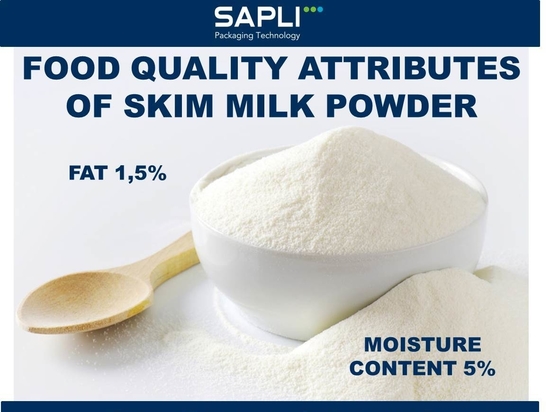
#Product Trends
TYPICAL GASES FOR MODIFIED ATMOSPHERE PACKAGING
TYPICAL GASES FOR MODIFIED ATMOSPHERE PACKAGING
Carbon dioxide (CO2) and nitrogen (N2) are mainly used as protective gases in food packaging. Carbon monoxide (CO) or argon (Ar) is also common in some countries. Oxygen (O2) is also used in some cases.
Oxygen (O2) essentially causes food to spoil due to oxidation and forms the ideal preconditions for aerobic microorganisms to grow. As a result, oxygen is frequently excluded from modified atmosphere packaging.
Carbon dioxide (CO2) is colourless, odourless and tasteless. It has an oxidation-inhibiting and growth-inhibiting effect on most aerobic bacteria and moulds. The gas is frequently used to increase the shelf life of food. The shelf life of packaged or stored food is normally longer, the higher the CO2 content. Nevertheless, many products can become sour if the dosage is too high. In addition, the gas can diffuse out of the packaging or be absorbed by the product – and the packaging thereby collapses. The use of supporting or filling gases can slow down this effect.
Nitrogen (N2) is an inert gas and owing to its production process, is typically relatively high purity. It is usually used for displacing air, especially atmospheric oxygen, in food packaging. This prevents the oxidation of food and inhibits the growth of aerobic microorganisms. It is frequently used as a supporting or filling gas, as it diffuses very slowly through plastic films and hence remains longer in the packaging.
Source: www.wittgas.com






